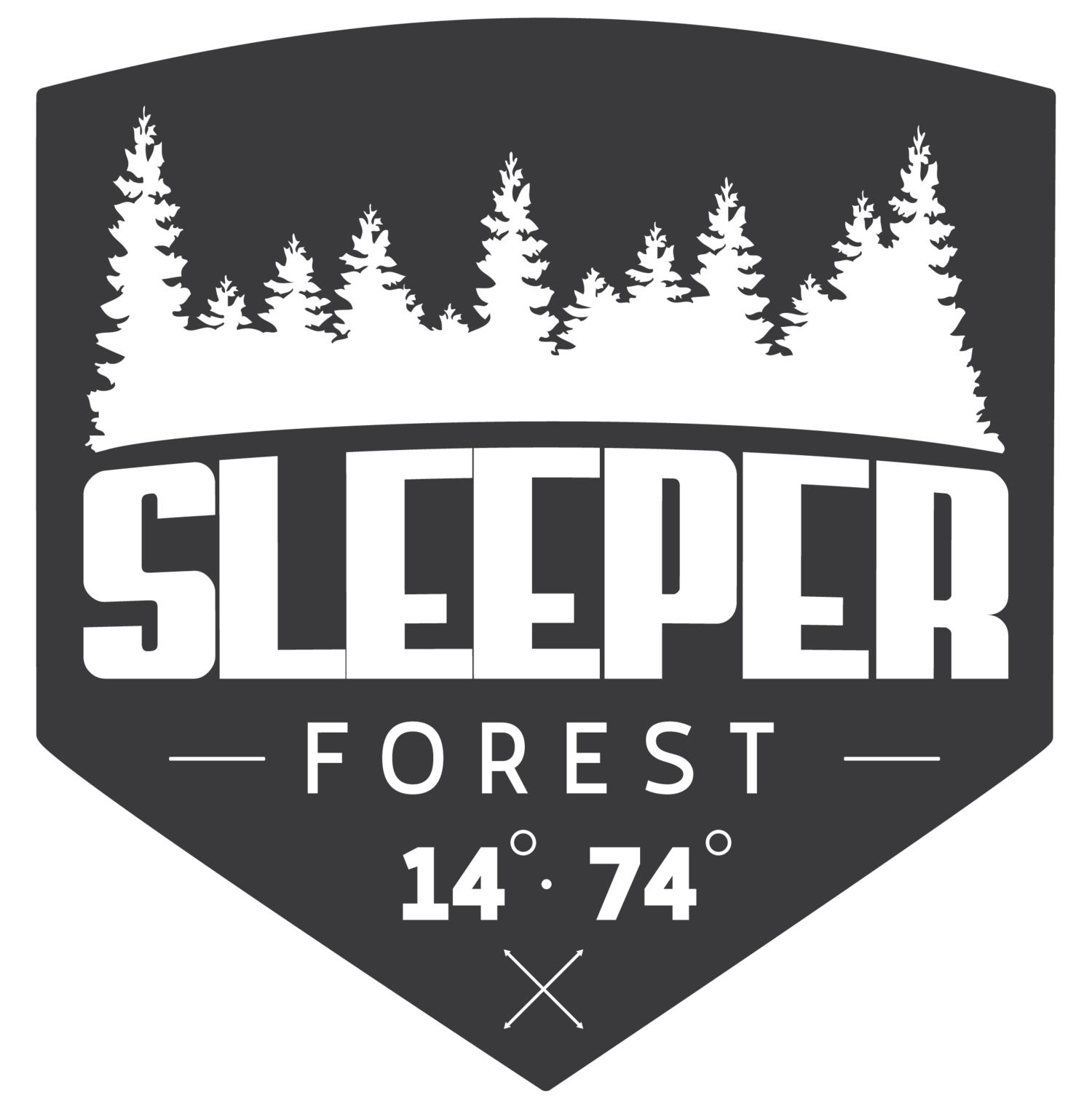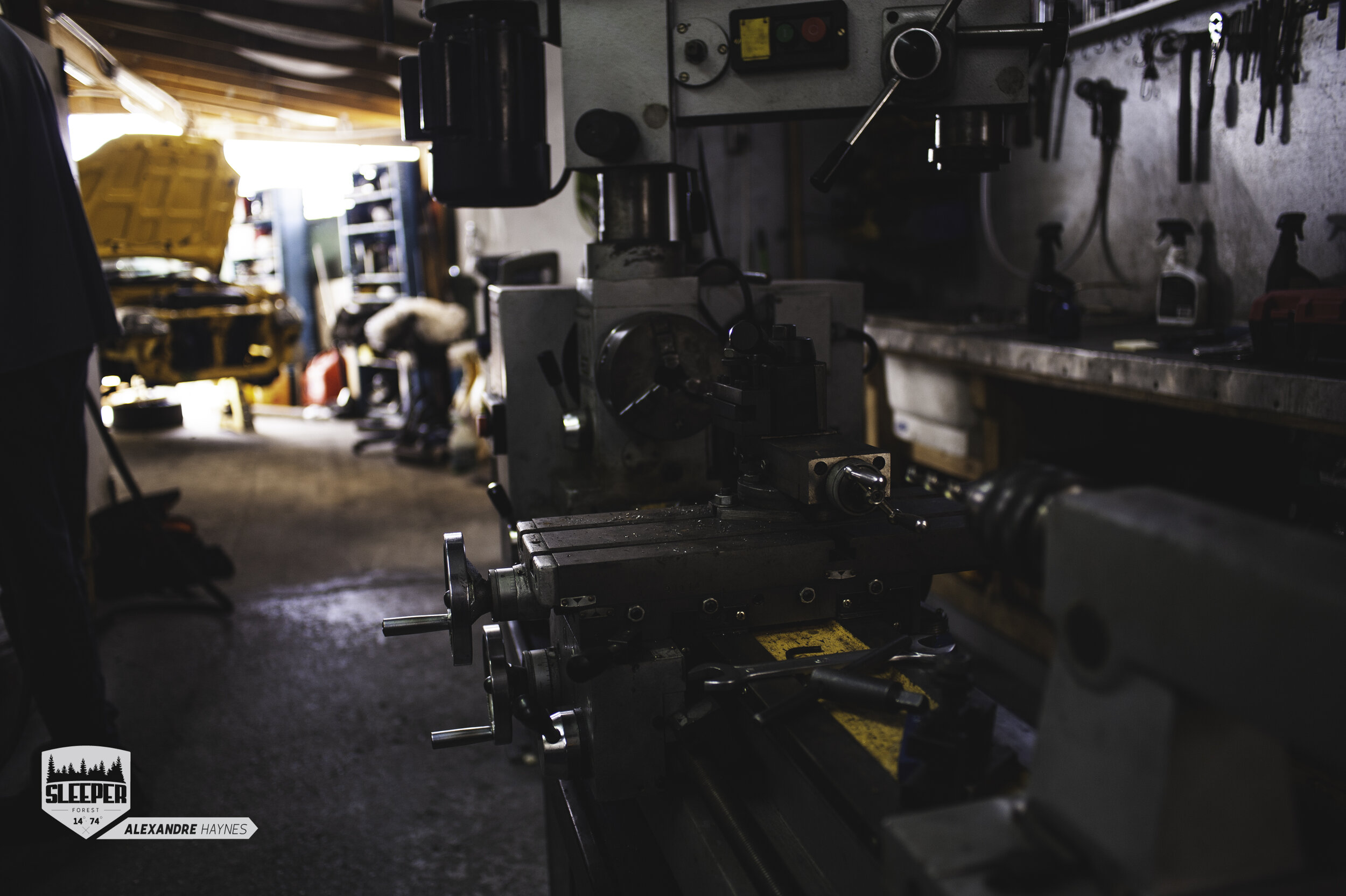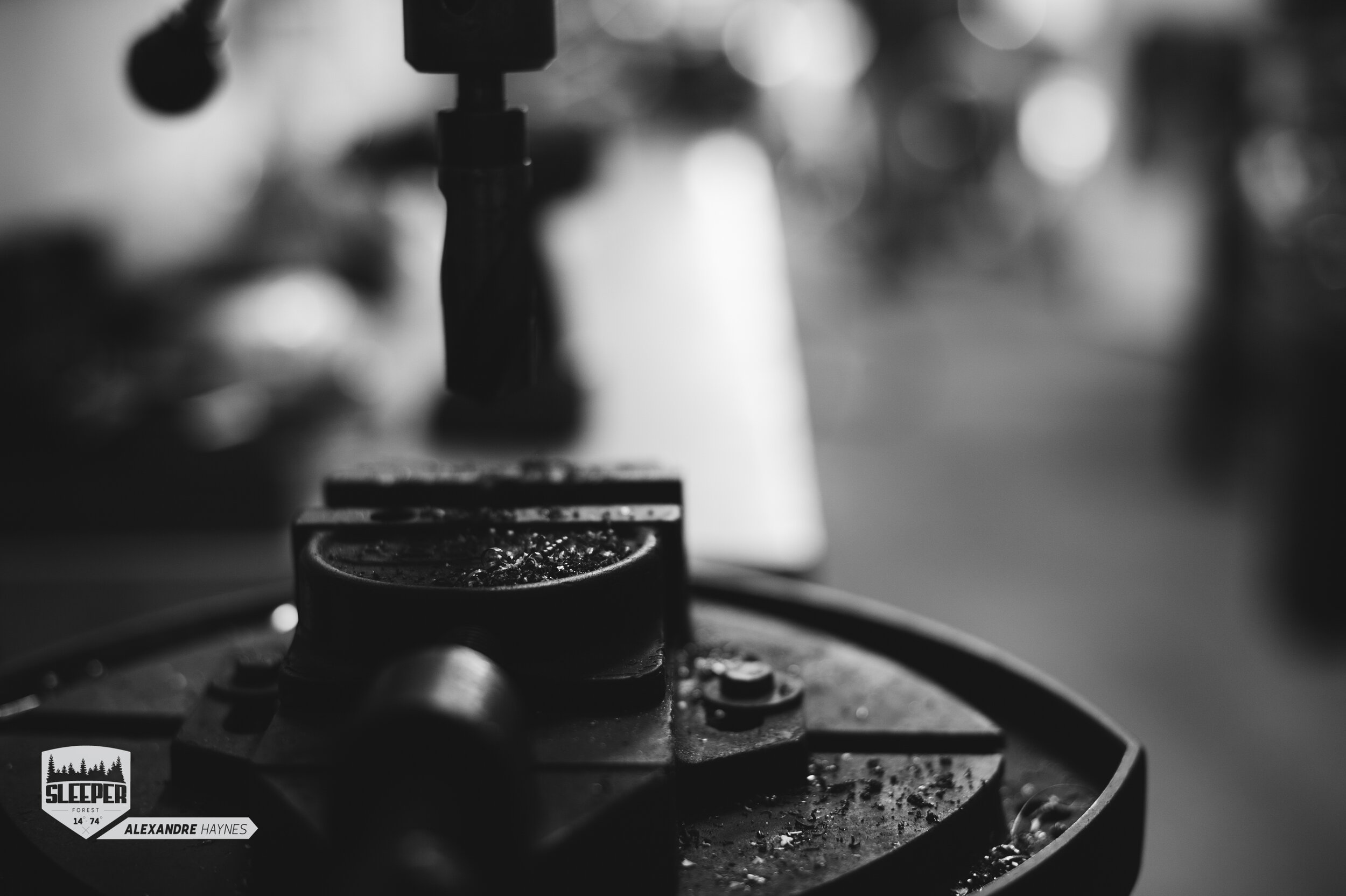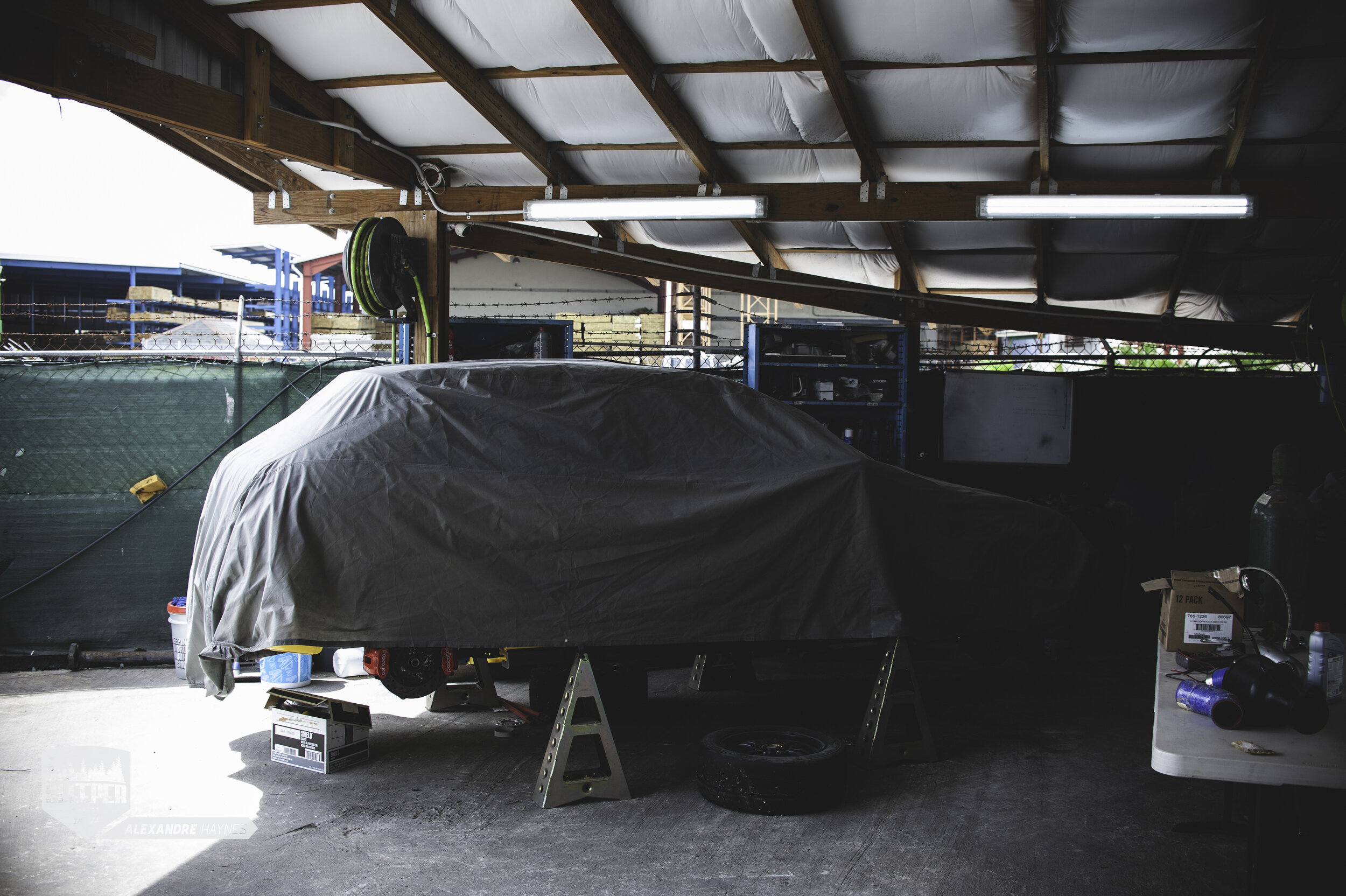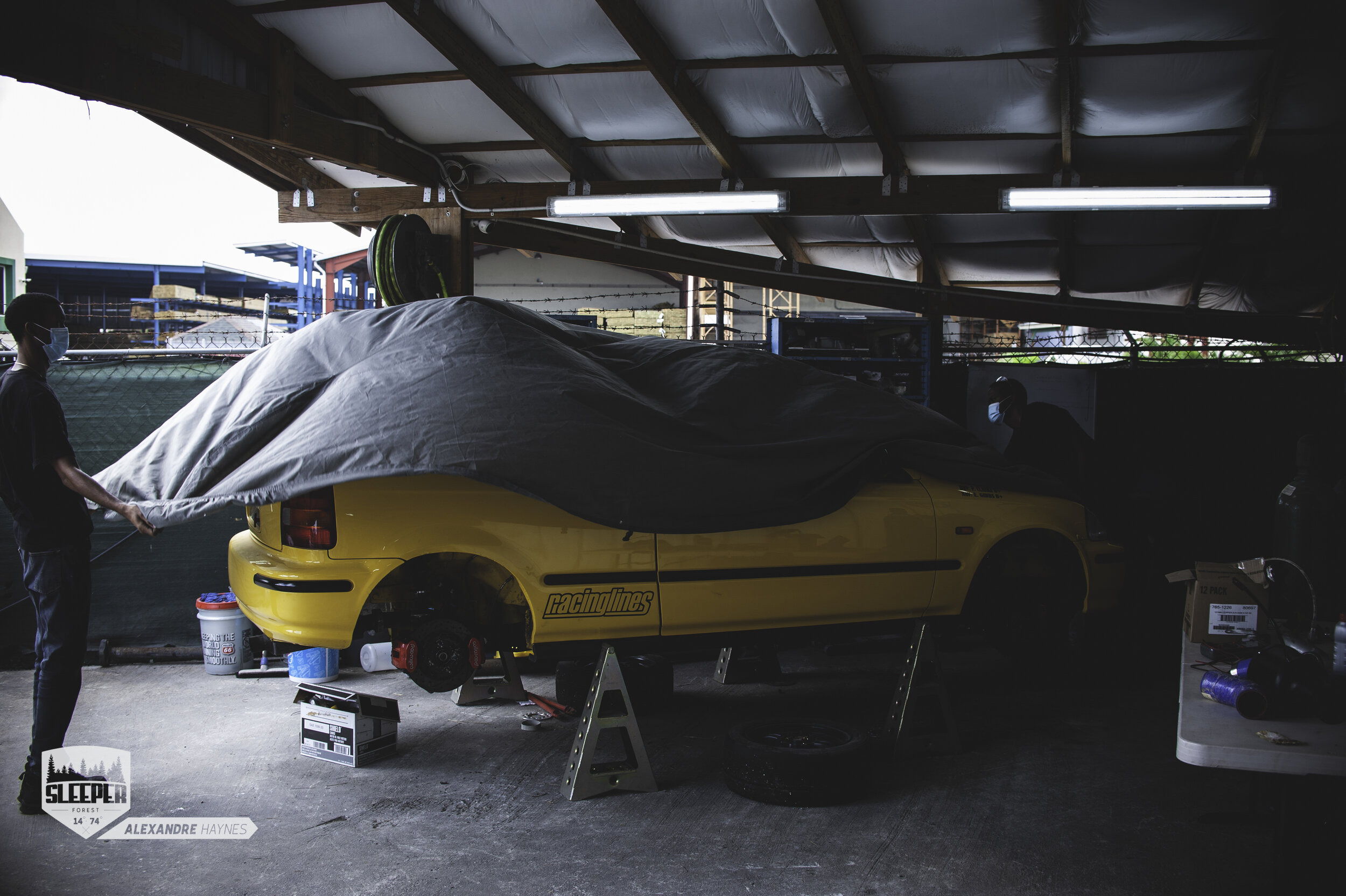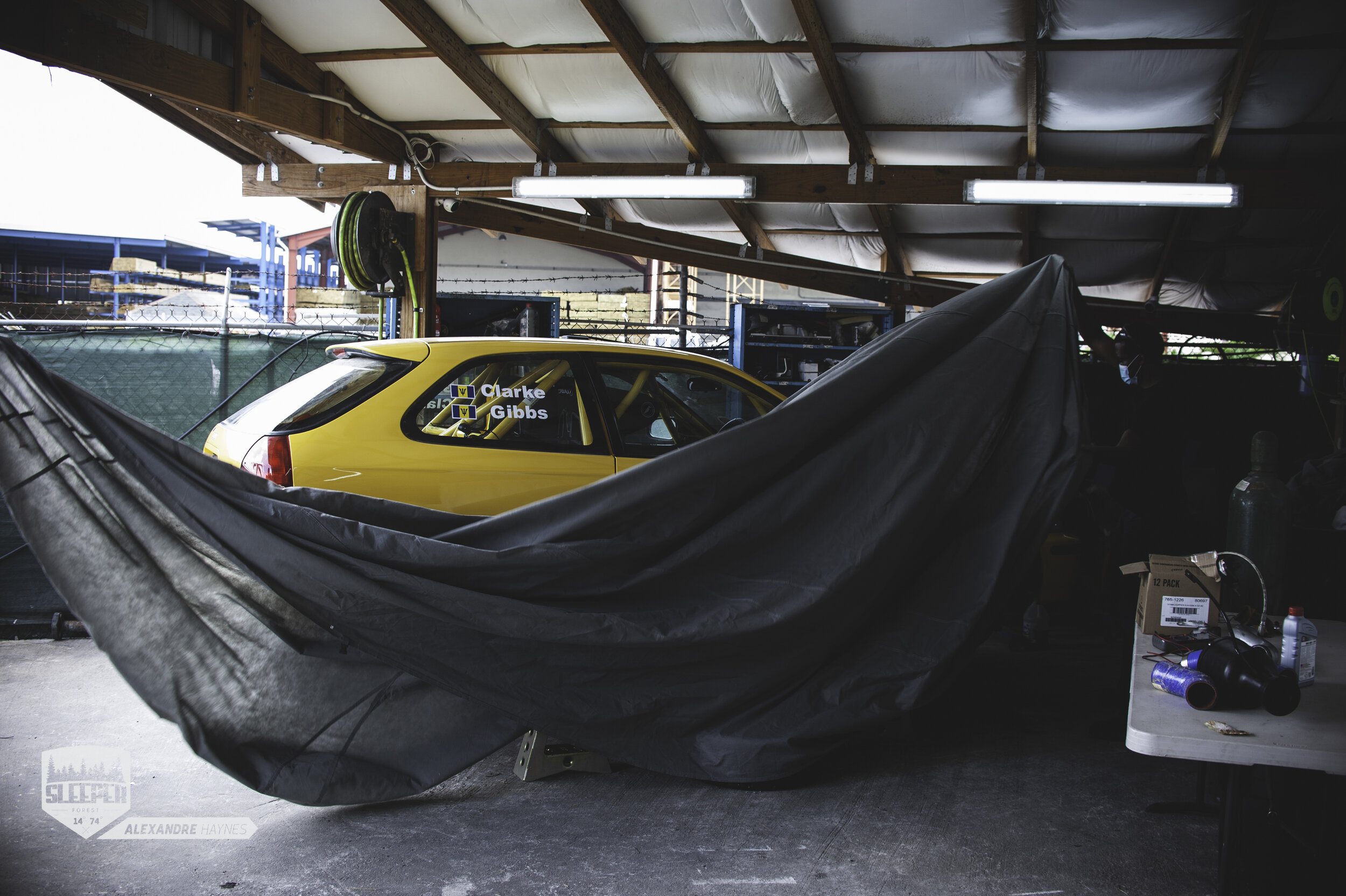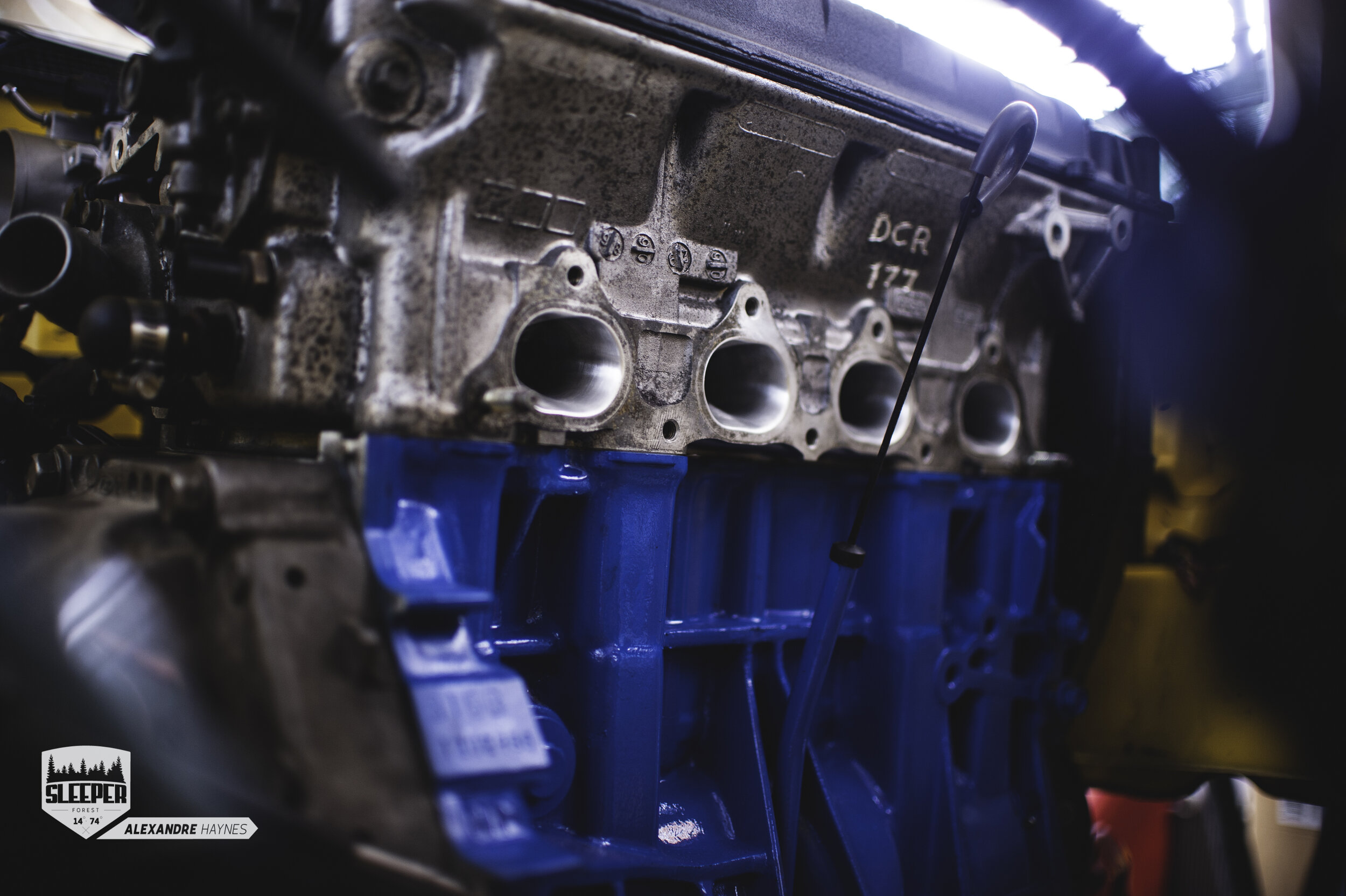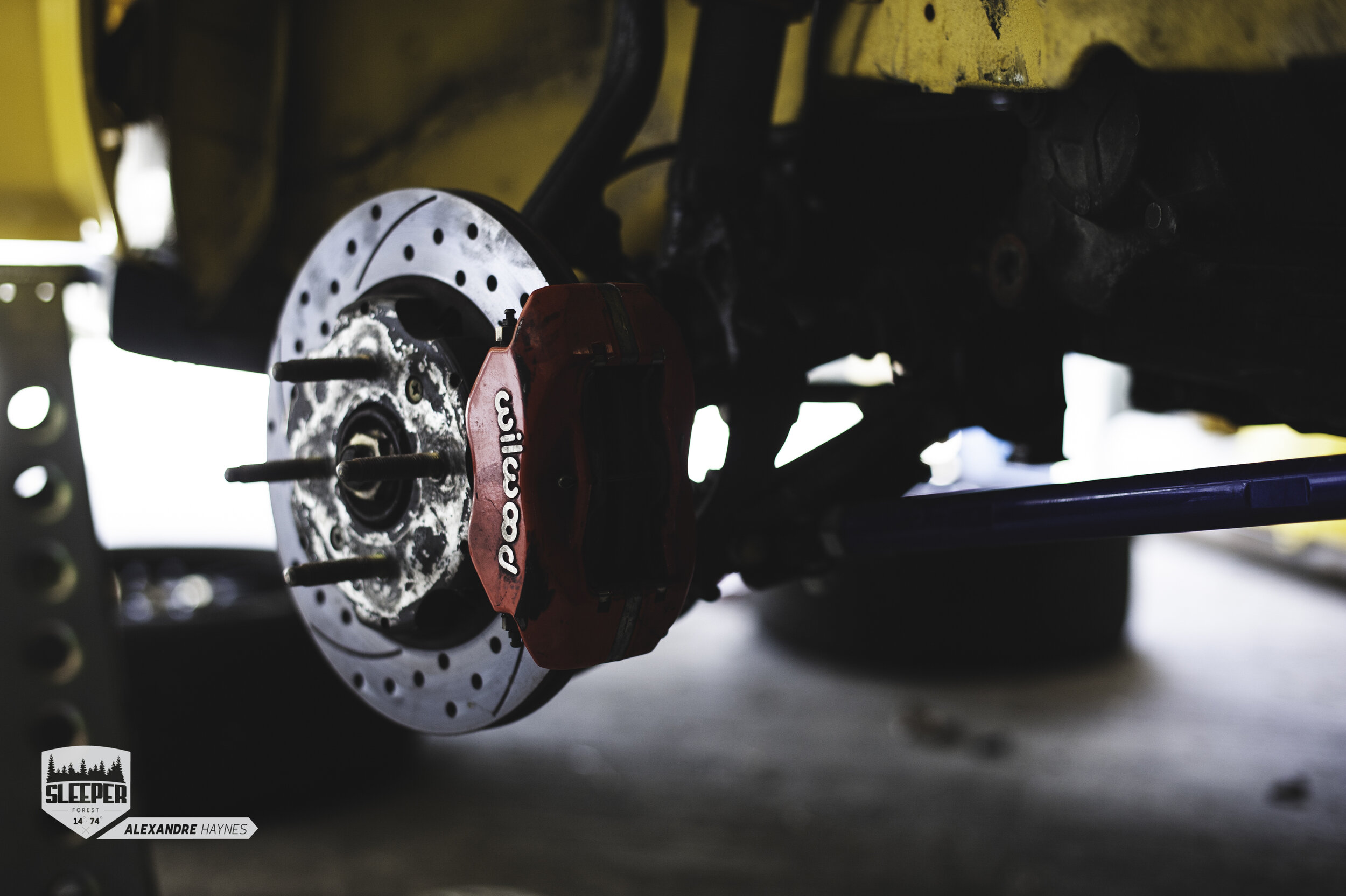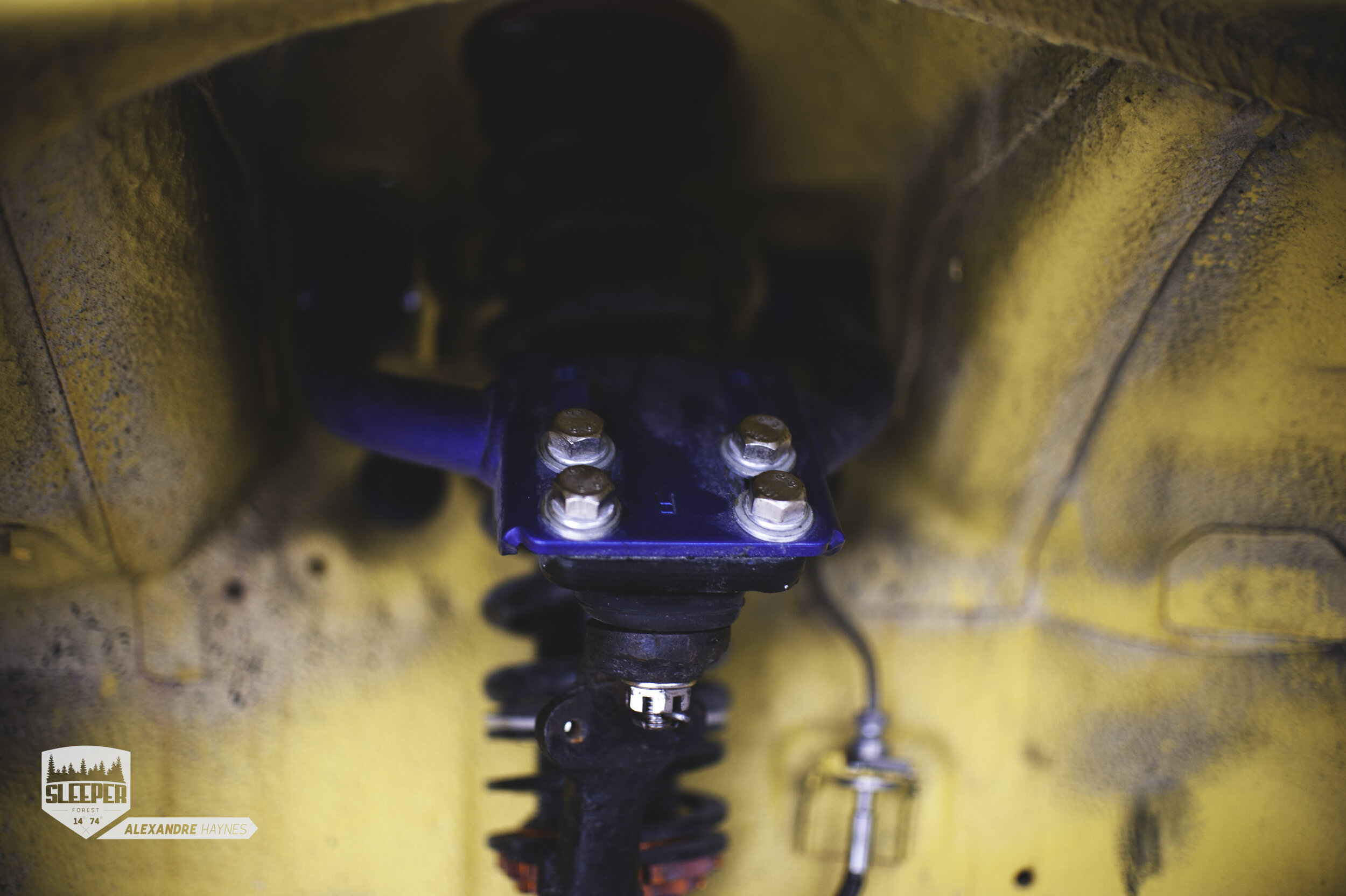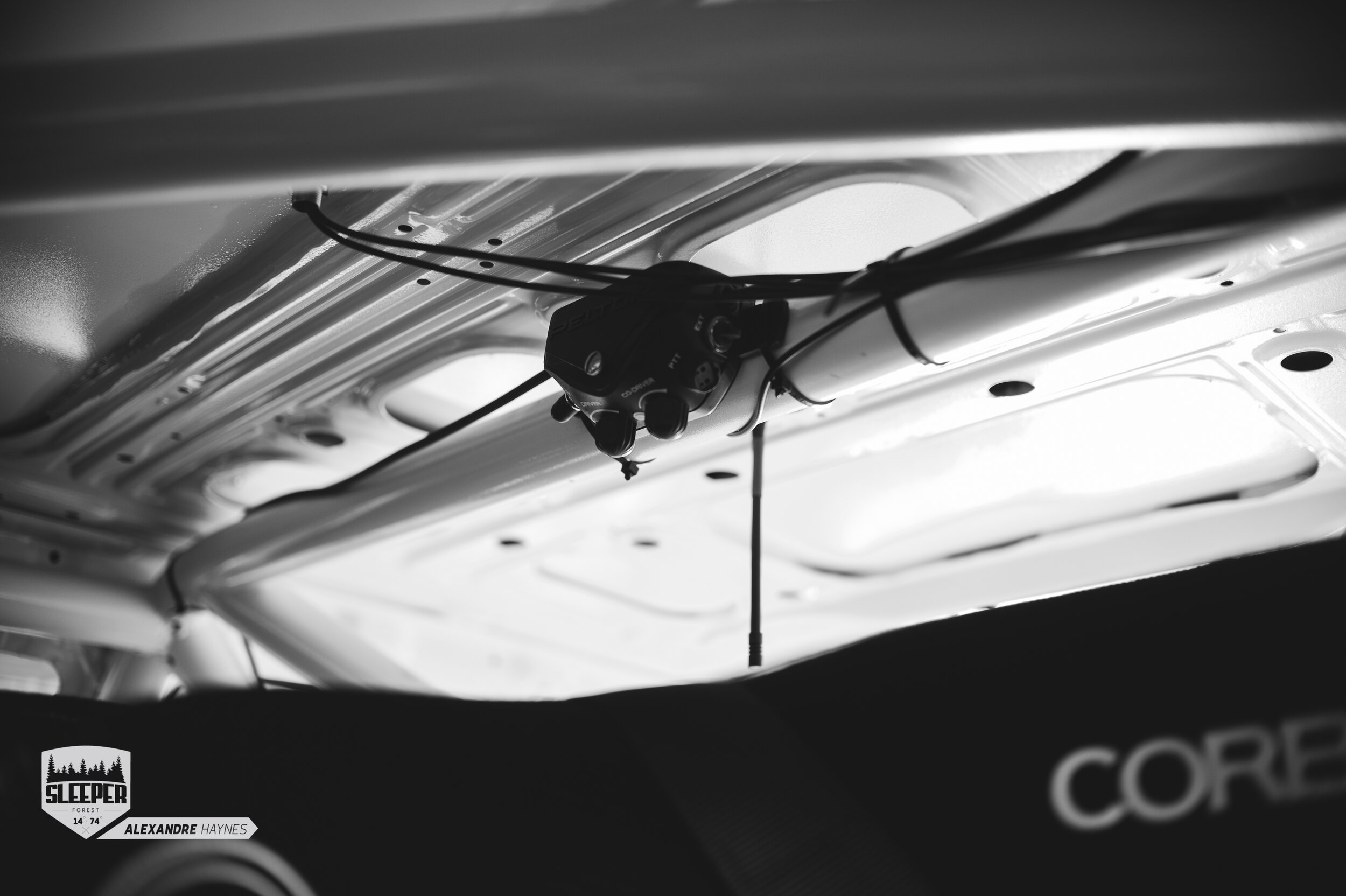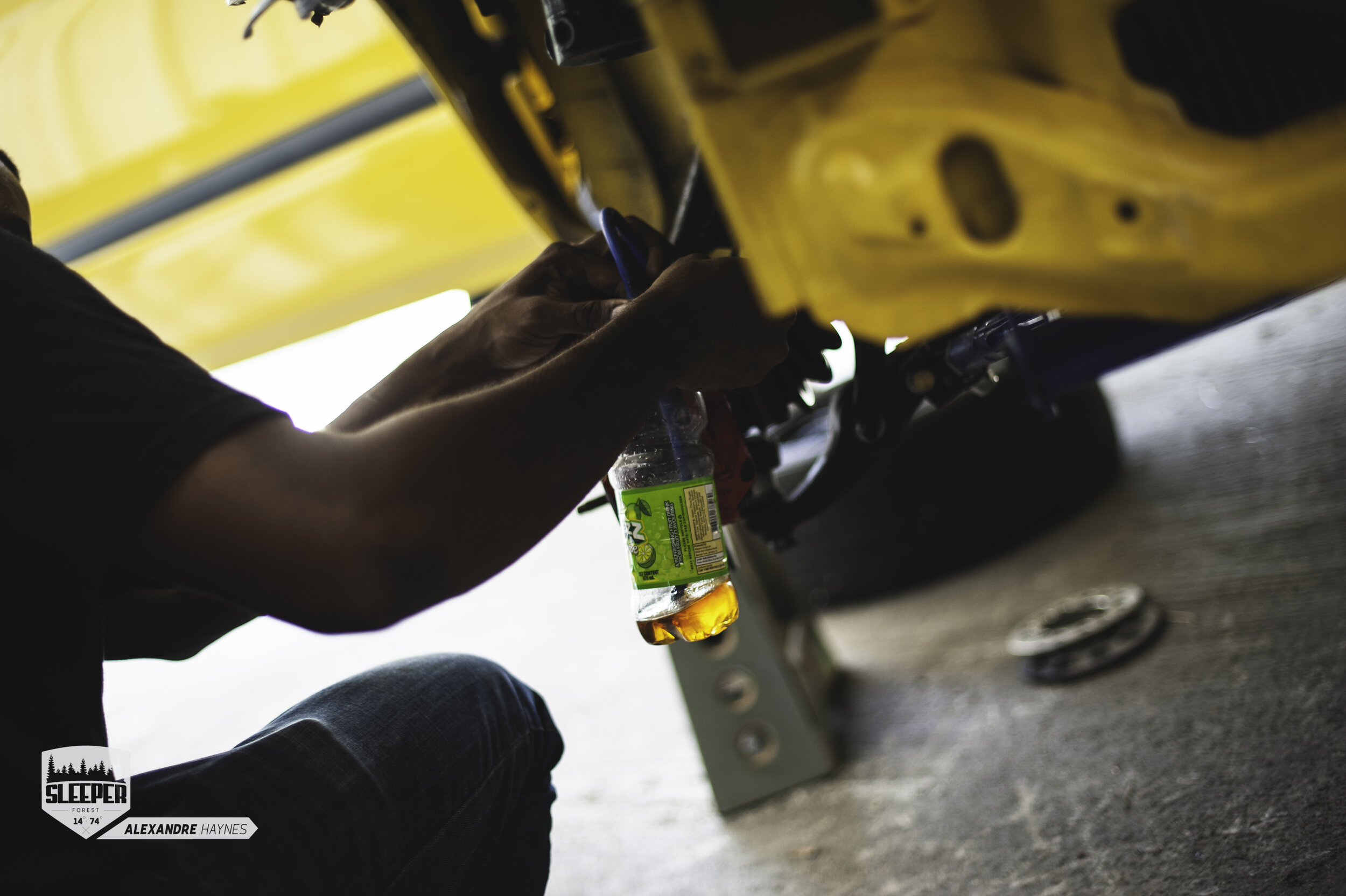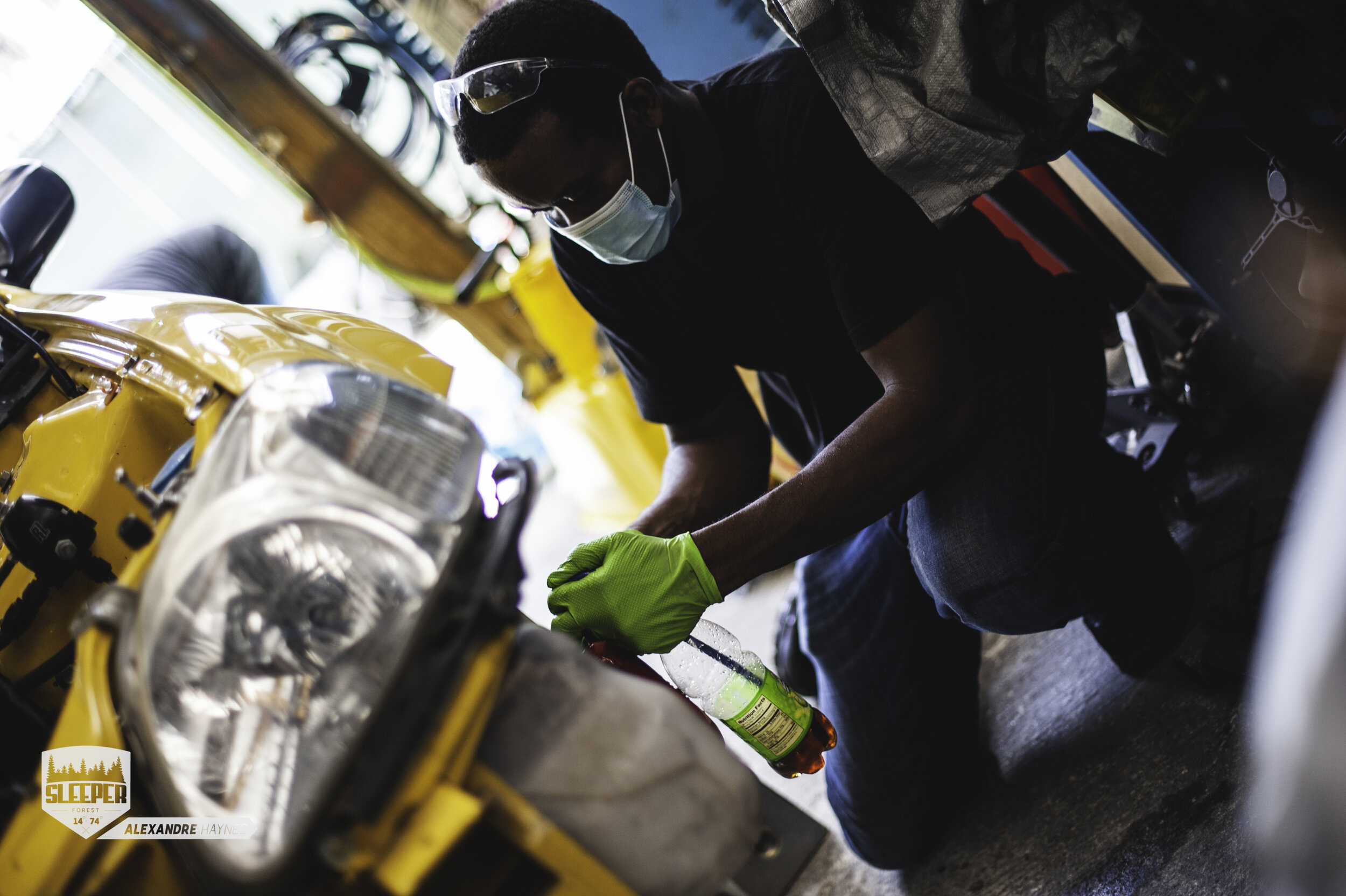This Canary's magic may surprise you.
I think Rally has a lot of expectations behind it. There’s so much footage of purpose-built cars tearing up gravel, tarmac, and even ice stages around the world. Ridiculous anti-lag systems and fire all over their business end. Needless to say, this is why so many of us really love Rally as a discipline. Lets be honest, even if it was just a fad, we have all wanted to be a rally driver, in the hot seat of a car doing 160 kmph with only a twitch of the steering wheel separating you from a tree or post and shaving 0.223 seconds in a stage. What though, does it take to be a Rally driver? To have a car that’s competitive? To have that crucial ability to change adverse circumstances into learning experiences and character-building opportunities?
Meet Pierre Clarke. During the day he’s an employee of S.D.R.R Hydraulic & Industrial Spares Inc. (SDRR) here in Barbados, but on his off-time, he moonlights as a Rally Driver. He’s been doing pretty well too. We have covered one of SDRR’s cars already, a K-swapped Honda Fit. In their garage though, there was another project coming together, Pierre’s EK 4 Honda Civic. Despite the annual Rally Barbados season not coming off as planned because of the COVID-19 Pandemic of 2020, I am pretty glad I was still able to have a first-hand experience with the car being prepped and put together along with SDRR.
Pierre started rallying back in 2013, so he’s about 7 years into his rally career at this time of writing, and he really has had his share of trials. He’s experienced crashes, rollovers, and had to deal with the injuries that come with these. None of these have deterred him from pressing on. A serious crash can really damage your confidence as a driver, I’m sure many persons who would’ve spent some time putting together a rally car out of pocket, only to ram it into a telephone pole, trying to shave off half a second would rather just give up. Not Pierre, he pressed on, showing admirable tenacity about his craft.
There’s no magic behind a competitive car
Time for some hard truths! Magic doesn’t make your car fast, but when you build it correctly putting time and effort into it, there’s definitely a magic that results from the car. An important factor in building a car correctly is having a proper workspace. What I really love about SDRR is the way they have taken a passion for working with the passions of their staff. The passion of Motorsport. They have allowed this car to be built on-site, and they have offered assistance for major hydraulic oriented parts and spares needed to make the build happen.
Pierre has experienced the bittersweet challenge of building a second a rally car. He decided to start with a good base. He acquired his EK 4 out of the UK, where the team at Racinglines oversaw the preparation of the car, so it would meet the safety requirements for a rally. Class requirements limit the number of engine options available for the car. Pierre competed in a class that’s similar internationally as Clubman last year, but now the car is in Modified 1 (M1) class. This means he has to keep the car, drive-train wise, pretty close to what it would’ve been built with from the factory but he’s allowed some slight modifications. The Honda EK series, saw it’s halo engine with the EK 9’s Type R variant, which used the B16 motor.
This B16 despite being a halo engine doesn’t mean it can do without modification. In fact, this is really Pierre’s first time using an engine that has been modified, it’s only smaller mods that help with the flow of the head. He’s replaced the factory throttle body with a Skunk 2 throttle body, and he port matched the manifold so it opened up to the head more. He also dropped in some larger cams in the head as well, this pushed the power band of the engine more to the top end where it would usually sit during a stage.
On the Exhaust side, the same treatment of port matching was used; this helped the exhaust gasses escape at a higher rate. What this means is that the engine will breathe better and be far more responsive to throttle positions. Besides this, the engine is still pretty much a standard Type R B16 motor.
The oil pan was baffled, to prevent oil starvation during cornering. This by far is one of the most important modifications you can do to a race-oriented engine. Especially a front-wheel-drive car. Oil starvation is probably at the top of the list of things that kill an engine in a build. Keeping engine temperatures down is also important as well because the engine is mildly tuned, a standard double cored half size radiator and an oil cooler will do the trick for the coolant, and this Setrab oil cooler works for keeping the oil temperatures down in the car.
Showing an image of his modified oil pan
Sure, this is a standard B16 with a few mods for flow, it’s nothing over the top, but it’s reliable, it has never stopped running and it’s putting its power down to the road. In a rally, this is by far more important than an engine at its limit thats unreliable and finicky. The engine of a car doesn’t make the car entirely, it’s what the engine is teamed up with that’s important. The chassis, and the suspension.
AN old block
A drivers’ Car
I’ve mentioned building a second rally car as a bittersweet experience. This refers to the gains and losses incurred when it comes to what a team would’ve spent on development for the previous car and what goes into the new car. Pierre would’ve spent a few years developing the car as a package which made it competitive for him at that point in time. The team would lose that research when going into a new chassis. On the other hand, a new platform brings with it, new possibilities. This can change for the better what you may be able to accomplish in a season, and so far, despite some hardships last season they are confident the car’s weak points are now covered.
It’s a spartan interior. Just the essentials are displayed on the dash, it’s funny, but he doesn’t use a speedometer, no time to check how fast you’re going when you’re going fast, it’s ironic. The tachometer and the shift light is very prominent, as well as water temp, and oil pressure. The car still uses the standard gearshift, it feels “notchy” enough and it communicates well with the driver.
Ah yes, the pedal box was completely changed to this Tilton kit, which gives great feedback when it comes to braking, the brakes are now fully manual, and it takes some getting used to, really have to press the brakes like a madman. This is a huge modification to the character of the car. We take it for granted how easy our vacuum-assisted brakes are, but having the tactile feel of your calipers on the rotors can really be intuitive when it comes to gauging needed stopping power for a rally stage. When a driver climbs this learning curve, it’ll be difficult to go back to the more humane way of braking.
The team has invested man-hours making this car a driver’s car. Rally is a sport, where drivers gain one up on their competition through corners, and driver confidence. Class restrictions, call for limitations in power, so gains are made where the car makes contact to the road. This is why trust in your machine is so essential to making a car competitive.
With added suspension modifications a car will corner at higher speed. This in turn changes the fluid dynamics of the car’s factory fuel system. A car starving for fuel, won’t be competitive, this fuel system was built entirely in-house at SDRR, with a surge tank which keeps fuel under pressure, this negates side to side movement, and gives the car a constant fuel supply in any situation.
A rally Car takes more than just a driver
When it comes to Rally legends, we talk about the names of the drivers, sometimes the name of the co-driver is lost in the fanfare so imagine what happens to that engineer who found the issue in a gearbox at the service stop, or the engineer who patched together a fix so the car could go on to win. We forget that it’s not the driver that makes the team great but it’s the results of the chemistry of a group that comes together with a specific goal in mind.
They are some persons on the team though, who weren’t physically there while I was shooting this article, but I could see the results of the work they put into the car. The core team at SDRR and Pierre’s co-workers really do share that same passion and love for Motorsport. Birds of a feather really do flock together and it’s exciting to see what results with when the opportunity arises.
At the outset, I asked 3 questions. What does it take to be a Rally driver? What does it take to have a car that’s competitive? What does it take to have that crucial ability to change adverse circumstances into learning experiences and character-building opportunities? From what I found it, I think I can answer those 3 questions, firstly it takes tenacity and perseverance. Secondly, there’s no magic behind a competitive car, take your time and do your research, build it to the specifications you need and drive the car so you can make more realistic decisions about what changes need to be made. Lastly, how can you take adverse circumstances and turn them into character building opportunities? Facing your weak points, working on them and having a reliable team, that bolsters confidence when looking into the unknown.
Finishing up the shoot and interview with Pierre and the team, we left off with the car basically reassembled and starting. A video of the car will be posted so you can take a look and hear what it sounds like for yourself. Pierre was waiting for his exhaust manifold to come back from the fabricator. This won’t be the last we will hear from them. Once the car is up and running, look out for another update on this Canary. I was really happy for the chance to work with SDRR to make this content!
So until next time! Happy Motoring!
Follow Sleeper Forest on Social Media!
Instagram
Facebook
Sleeperforest_alex - That’s me!
